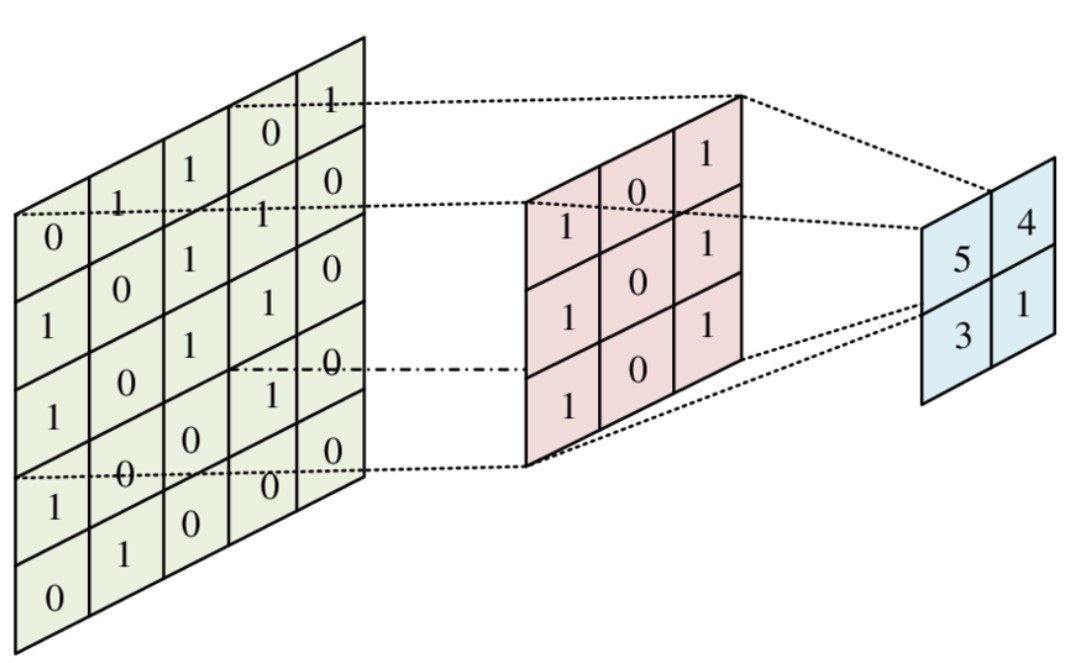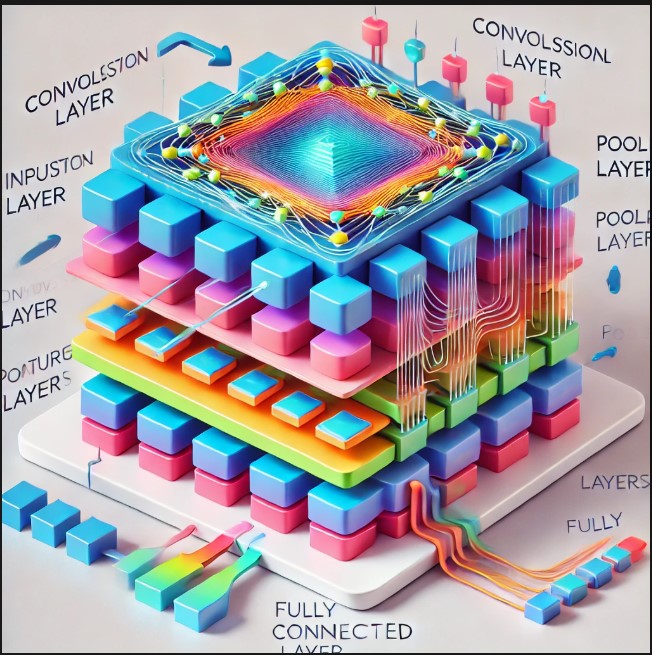-

CNN – Padding
CNN – Padding Syllabus: What Is Padding In CNN? Why We Use Padding? Types Of Padding. Examples Of Padding. Key Points. (1) What Is Padding In CNN? Padding in Convolutional Neural Networks (CNNs) refers to adding extra pixels (usually zeros) around the edges of an input image or feature map. The purpose of padding is to control the spatial dimensions of the output feature map after applying a convolution operation. (2) Why We Use Padding? (3) Types Of Padding. (4) How Much Padding We Should Do Such That The Input & Output Size Will Be Same. The Formula for Output
-

CNN – What Is Convolution Operation?
Convolution Operation Syllabus: Purpose of Convolution How Convolution Works Convolution Layers Filter Basics Weight Initialization Learned Filters Multiple Filters (1) Purpose Of Convolution The purpose of convolution in the context of image processing, computer vision, and convolutional neural networks (CNNs) is to extract and process features from input data efficiently. It enables the model to understand patterns, spatial hierarchies, and key attributes in the data, such as edges, textures, shapes, and objects. (2) How Convolution Works? Convolution is a fundamental operation in Convolutional Neural Networks (CNNs), used primarily for feature extraction. It allows the network to automatically learn spatial hierarchies
-

CNN – Key Concepts
Key Concepts Syllabus: What Is An Edge Detection Why Edge Detection Is Important? Difference Between Black & White And Color Images. What Is Spatial Information And How It Is Preserved In The Feature Map? (1) What Is An Edge Detection? Edge detection is a technique used in image processing and computer vision to identify the boundaries or edges within an image. Edges are regions in an image where there is a significant change in intensity or color, typically indicating the boundaries of objects or features in the image. (2) Why Is Edge Detection Important? Edges represent important structural information about
-

CNN – What Is CNN ?
What Is An CNN? Syllabus: What Is CNN? Differences between CNNs and fully connected networks. Applications of CNNs. (1) What Is CNN? A Convolutional Neural Network (CNN) is a type of deep learning model specifically designed to process and analyze grid-like data structures, such as images. It is widely used for tasks such as image recognition, object detection, and video analysis, among others. (2) Difference Between CNN and ANN? The main difference between Convolutional Neural Networks (CNNs) and Artificial Neural Networks (ANNs) lies in their structure and the types of tasks they excel at. Here’s a simple breakdown: (3) What
-

CNN – Convolutional Neural Networks.
Convolutional Neural Networks Syllabus: 1. Fundamentals of CNNs What are CNNs? Differences between CNNs and fully connected networks. Applications of CNNs. Components of CNNs Convolution layers. Filters (Kernels) and their role. Stride, Padding, and their effects. Activation Functions ReLU, Sigmoid, Tanh, etc. Pooling Layers Max pooling, Average pooling, Global pooling. Fully Connected Layers How they integrate features learned from convolutional layers. 2. Advanced Architectures and Concepts Popular CNN Architectures LeNet, AlexNet, VGG, ResNet, Inception, MobileNet, EfficientNet. Residual Networks (ResNets) Skip connections and their significance. Inception Networks Factorized convolutions and mixed architecture. Depthwise Separable Convolutions Efficiency in MobileNet and EfficientNet. Dilated
